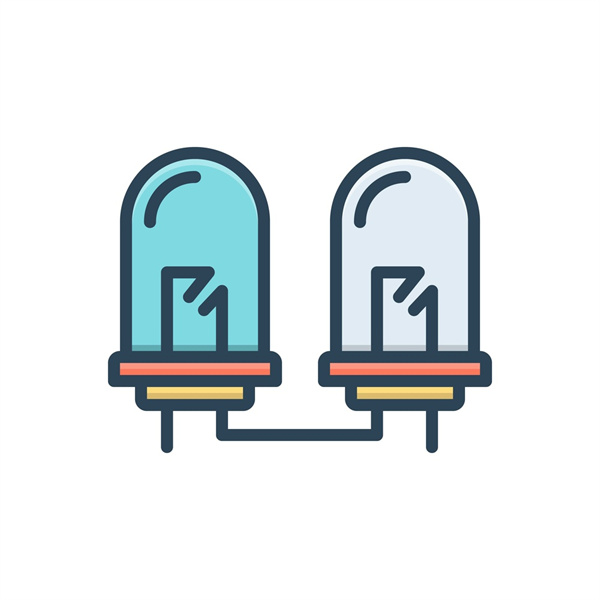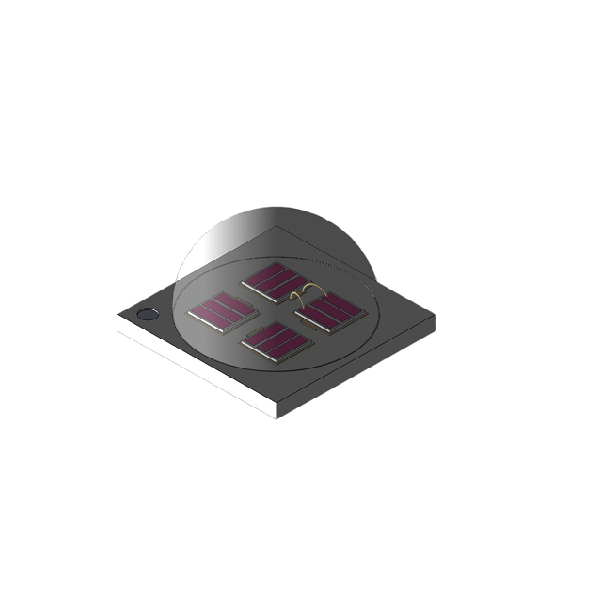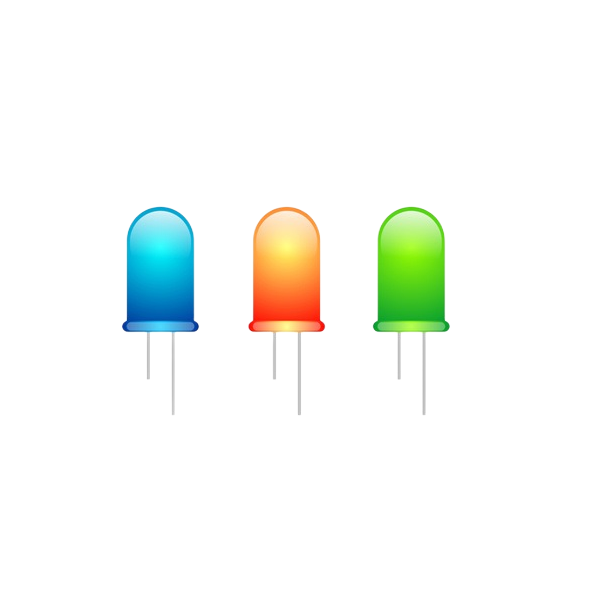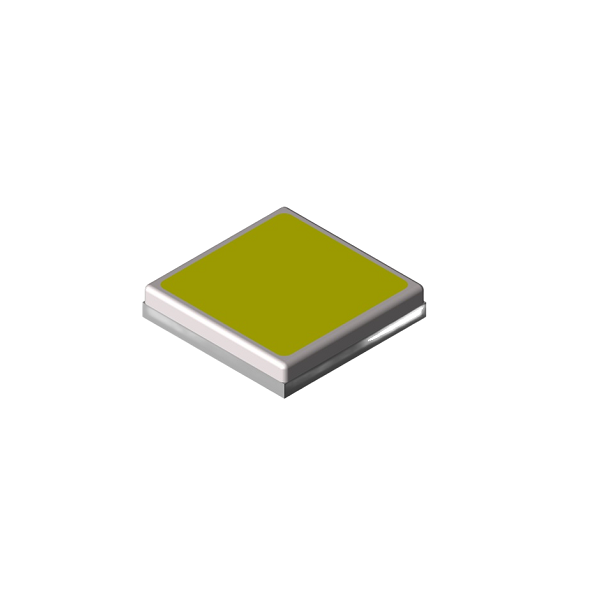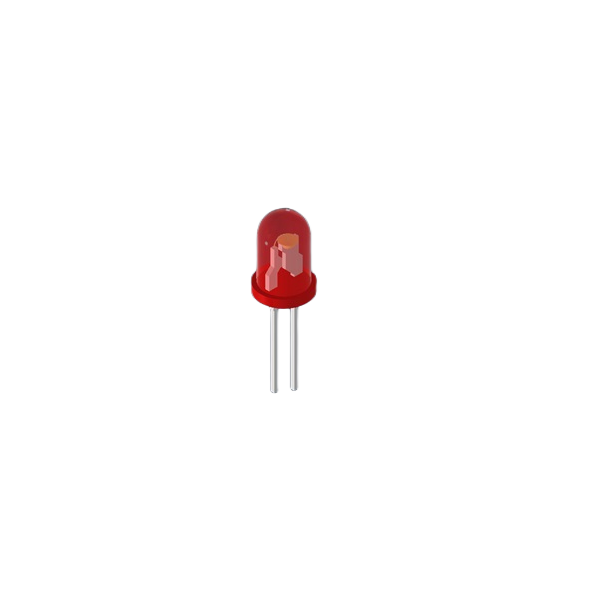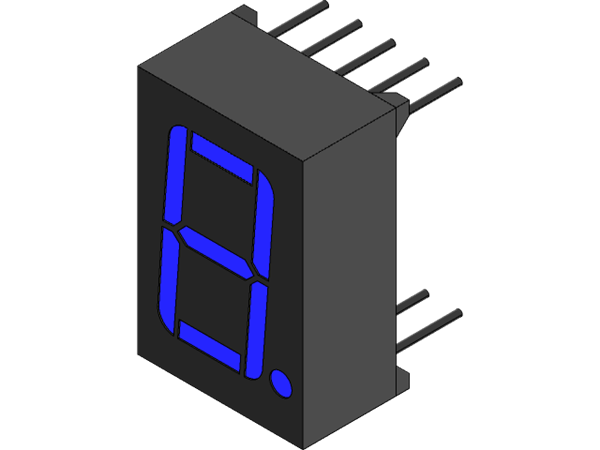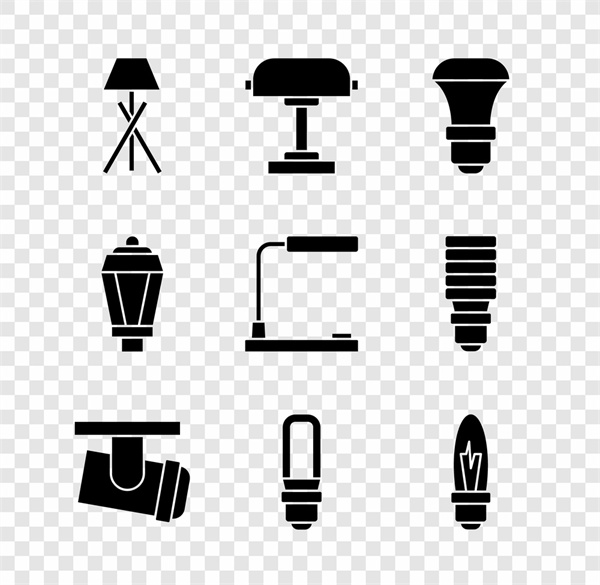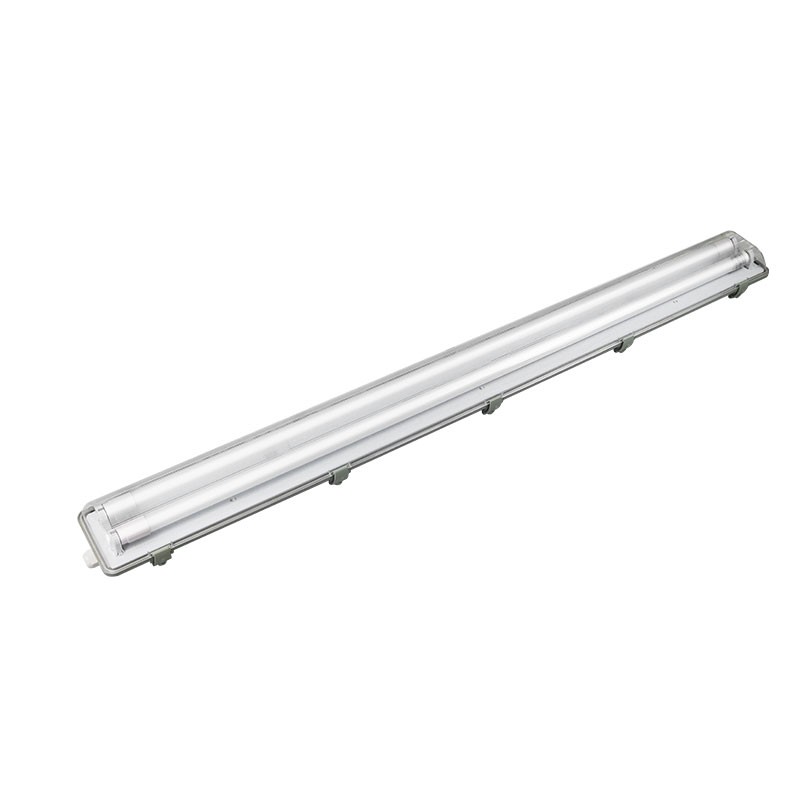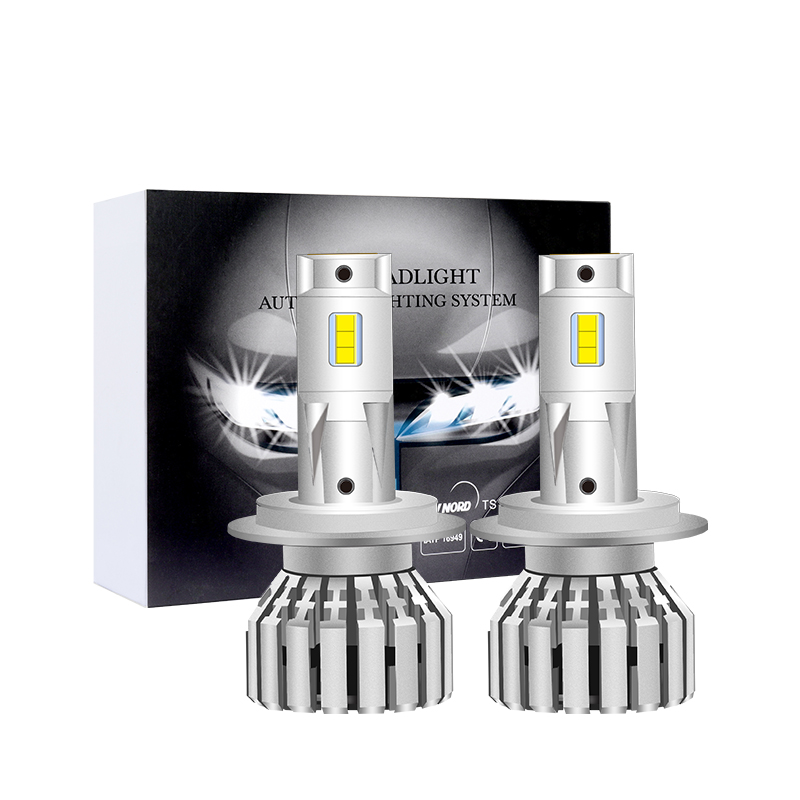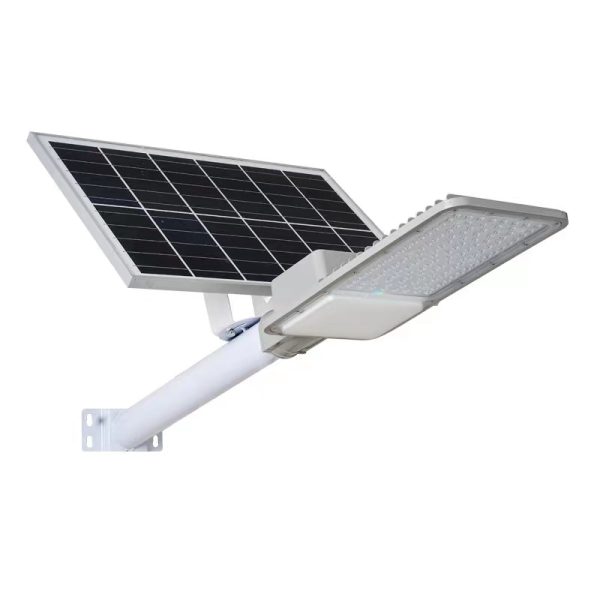PCR laboratory lighting
Clean rooms generally implement two-level isolation, which is achieved through biological safety cabinets, negative pressure isolators, positive pressure protective clothing, gloves, goggles, etc.; second-level isolation is achieved through laboratory buildings, air-conditioning purification and electrical control systems. However, since the purification air conditioner requires a small air volume, for the sake of safety, the air volume is estimated as large, which generally exceeds the specification, and the object is more than 100 grades. The cooling and heating load may be estimated when the requirements are not very strict. Now there is a special purification air conditioner. The unit can be used directly. Second-level to fourth-level biosafety laboratories should implement two-level isolation. General laboratory equipment includes: ultra-clean workbench, biological safety cabinet, side table or stainless steel operation table, washing table, etc.
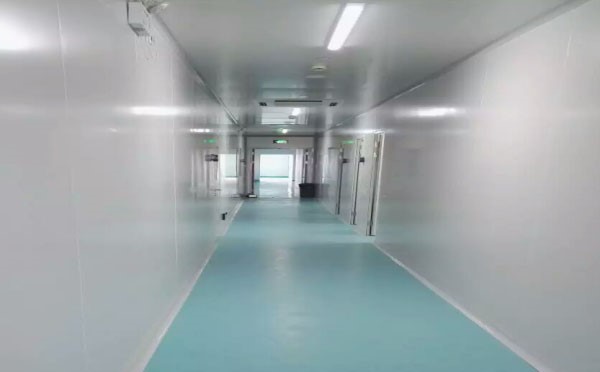
Taking PCR laboratory purification engineering as an example (PCR is polymerase chain reaction), it is a routine method for molecular biology research and experiments, and it is also an experimental technique widely used in biology, clinical medicine and other fields. Its characteristic is that it can greatly increase the trace amount of DNA. The laboratory is usually divided into four areas, namely: reagent storage and preparation area, specimen preparation area, amplification reaction mixture preparation and amplification area, amplification product analysis area (if using fully automatic analyzer, areas can be properly combined). Access to each area is carried out strictly in one direction, and different work areas use different work clothes (such as different colors). Work clothes must not be taken out when staff leave.
Reagent storage and preparation room (specimen preparation area), the main equipment of the equipment includes: refrigerated centrifuge, biological safety cabinet, refrigerator, movable ultraviolet lamp, fully automatic nucleic acid protein purifier, special work clothes and work shoes, etc. The preparation of the amplification reaction mixture and the configuration of the amplification area include: refrigerator, high-speed centrifuge, ultra-clean workbench, PCR instrument (requires negative pressure state), movable ultraviolet lamp, micro-sampler, nucleic acid amplification instrument, etc. The amplification product analysis area is mainly equipped with: pipette, oscillator, ultra-clean workbench, capillary electrophoresis instrument, refrigerator, centrifuge, micro-sampler, movable ultraviolet lamp, etc. The PCR laboratory design scheme is shown in the figure below:
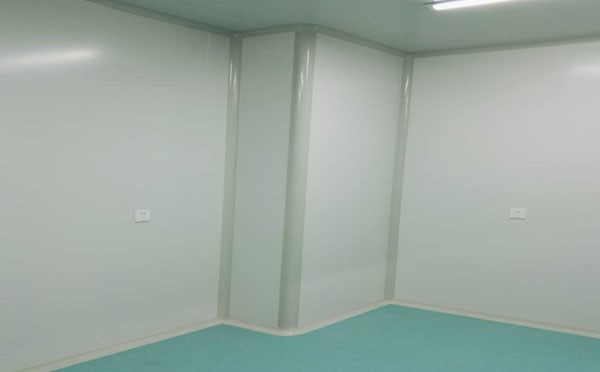
Top view of PCR laboratory
Electronic computer room and research room, electronic computer is more closely related to our life, mainly consider issues such as air conditioning heat dissipation, power supply voltage and so on. The equipment configured is mainly an instrument table with a keyboard. The research institute is mainly a place for researchers to work, and has relatively low requirements for our laboratory equipment, so I won’t explain it here.
Auxiliary laboratory: mainly includes balance room, high temperature room, pure water room, gas cylinder room, storage room, solution preparation room, dark room, etc. Balance room, analytical balance is a common instrument necessary for chemical laboratories. High-precision balances have certain requirements for the environment, mainly due to the influence of airflow and wind speed. Adjacent rooms with strong electromagnetic interference. The high-precision microbalance should be located at the bottom. No washing station or any pipes shall pass through the balance room, so as to prevent the leakage of the pipes from affecting the maintenance and use of the balance. High-temperature chambers, high-temperature furnaces and incubators are standing equipment, which are generally placed on high-temperature workbenches, but it is advisable to place extra-large incubators on the floor, and high-temperature furnaces and incubators must be placed separately. The pure water room is mainly designed with experimental equipment; side platform and washing platform. Modern laboratories mostly use deionized water, which has a large amount of water and can improve water quality. Floor drains are required on the ground. Gas cylinder room, laboratory gas except non-combustible gas (nitrogen, carbon dioxide), inert gas (argon, helium, etc.), other gases have high pressure, highly toxic, oxidative decomposition, explosion and other dangerous gases, such as flammable gases Hydrogen, carbon monoxide; highly toxic gases such as fluorine and chlorine; combustion-supporting gases such as oxygen, etc. These gases are not allowed in the laboratory. It can be connected to each laboratory through tubes. The solution preparation room is used to prepare various standard solutions and solutions with different concentrations. Under permitted conditions, it can be composed of two rooms, one of which has a sky platform. The other room is used for preparing reagents and storing reagents. Generally, it should be equipped with: fume hood, laboratory bench, and reagent cabinet.
The service supply part is a place serving basic laboratories and auxiliary laboratories, such as pressure cooker rooms and auxiliary rooms for water and electricity. We just need to know a little bit.
Professional design of work procedures and processes
Part of it is graphic design. Party A (the user) first puts forward the more fundamental functional requirements and distribution plan. Party B (design institute), Party C (laboratory planning and design professional company) and Party A participate in the laboratory construction and design team. Discuss together, and the three parties confirm together before entering the second procedure. Because the architectural design of traditional laboratories is based on the national building standards, it only focuses on the appearance and interior structure, not on the function of the laboratory, and the architectural design is out of touch with the functional design. Our company has many lessons in this regard. For example, Guangdong Medical College, the contract was signed for two years because the site did not meet the installation conditions, so it has not been installed yet.
The second part is the function of a single unit. The structural design of a single unit should be determined item by item, piece by piece, and floor by floor, from the design of the whole building, layer, room, and piece, and comprehensively subdivided and confirmed;
The third part, after all confirmations, invite high-level users to participate in the laboratory construction demonstration meeting, and make a decision on the spot; Party A invites the project supervisors of Party B and Party C to strictly supervise the implementation of standards in the installation and construction process to track the smooth progress of the laboratory construction project Completion; construction laboratory planning and design and product bidding are divided into two parts; bidding: A, design is part; B, product standard is the second part; building decoration, purification, and basic equipment are divided into three majors, which cannot be confused. Packages, different majors, bidding separately, and then the three parties who won the bid will cooperate closely. The decoration and purification projects will go first. After the acceptance of the laboratory, the basic supporting facilities of the laboratory will enter the stage of clarifying responsibilities and assume responsibility. When all the projects are completed, the three companies will be centralized for acceptance at the same time. The basic equipment part will be product testing. Standards and tests are different from the previous two projects, and there is a big difference and cannot be treated as the same.
The floor and walls are well ventilated to prevent dead corners, and the four corners of the room should be as free as possible, easy to maintain and simple.
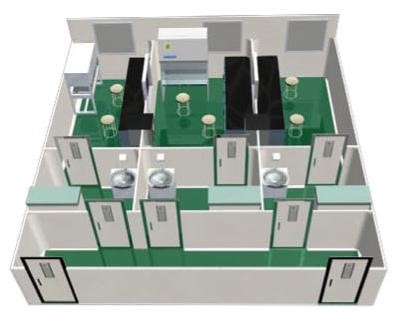
Single structure and function design system
Different specialties use different laboratory-specific basic supporting equipment, and the series of products are divided into five parts: A, the part of the test bench; B, the part of the instrument table; C, the part of the functional cabinet; D, the part of the instrument and equipment; E, the part of the output system.
A. Experiment bench part
1. Classification of test benches:
① According to the functions of the laboratory, the experimental benches are divided into: physical experimental benches (mainly used for electronics, electrical engineering, and physical experiments); chemical experimental benches (mainly used for organic and inorganic chemical experiments); biological experimental benches (mainly used for purification and aseptic Experiments, such as simple dissecting table, stainless steel operating table, etc.);
② According to the structure, it is divided into: MM (composed of steel support frame, base box, table top, reagent rack, connectors, and accessories) MR (base box, table top, reagent rack, connectors, and accessories);
③ According to the purpose, it can be divided into: central test bench, side bench test bench, washing test bench, reagent rack, base box, and test bench.
2. Classification of the base box:
Base boxes can be divided into steel and wood base boxes, aluminum and wood base boxes, and all-wood base boxes according to their materials.
According to the production process, it is divided into: steel European-style base box (that is, the door panel is connected with the side panel), and steel American-style base box (that is, the door panel is embedded in the base box).
According to the style, it can be divided into: movable base box, floor-standing base box, and suspended base box. Among them, the movable base box and the suspended base box are used for MM models. The floor-standing base box is used for MR models. The steel and wood base box is a newly developed product of our company. The side panels and door panels are made of steel, and other such as laminates, top panels, drawer bottom panels, and maintenance panels are all made of wood. They are safe and fireproof, cost-effective, and glassware It is not easy to be broken when placed. All wood is not suitable for making suspended base boxes and washing tables.
B. Instrument table part
Load-bearing, stability, anti-interference, electric control requirements are very high, gas distribution is strict, safe, reliable, convenient and easy to manage; load-bearing: more than 500Kg. Mainly used in instrumental analysis laboratories, such as spectroscopy, chromatography, atomic analysis laboratories, etc. The main products are: standard instrument table, spectrum instrument table, chromatographic instrument table, microscope table, conjoined instrument table, sky platform, computer table, high temperature instrument table, teaching table.
C. Function cabinet part
The functional cabinet part is the service and storage of the first two parts. The important functional part involves safety and environmental protection issues; it can be divided into whole wood and steel wood; storage of reagents, pharmaceuticals, volatile drugs, radioactive drugs, highly toxic drugs, flammable cultures, etc. There are basically thirteen functions:
1. General performance medicine cabinet; 2. Volatile medicine storage cabinet; 3. Dedicated dye cabinet; 4. Medicine cabinet; 5. Flammable product storage cabinet (fireproof cabinet); 6. File cabinet (data cabinet); 7. Locker (bacteria locker); 8. Culture cabinet; 9. Specimen cabinet; 10. Instrument cabinet; 11. Soda ash cabinet; 12. Sulfuric acid cabinet; 13. Sterile cabinet.
D. Instrument and equipment part
1. Fume hood; 2. Biological safety cabinet; 3. Ultra-clean workbench; 4. Vessel washing machine (automatic); 5. Safe storage cabinet for highly toxic drugs; 6. Intelligent intensive cabinet; 7. Dissection table; 8. 9. Sensing function cabinet; 10. Volatile medicine cabinet.
E. The harmful gas output part will be described in detail in the following chapters, so it will not be repeated here.
Water supply and drainage design system
The water supply and drainage design system is mainly for the preliminary PCR laboratory purification engineering design service. Provide the water point of the test bench for the architectural design institute. The faucets are divided into rapid flow faucets and slow flow faucets, and the single faucet (MBs-016) is a rapid flow faucet. Generally match with PP sink (MBc-032). The double faucet (MBs-02) is a slow flow faucet, which is generally matched with the PP sink (MBc-029). By default, we generally configure double faucets for customers. The triple faucet (MBc-01) is a faucet with one emergency and two slow ones. Generally match with PP sink (MBc-029). Large sink (MBc-031), cup sink for fume hood (MBc-028).
Electronic control system
The power consumption of PCR laboratory purification engineering mainly includes two parts: lighting power and power power. Power electricity is mainly used for power supply for various instruments and equipment, elevators, air conditioners, etc. The laboratory power supply system is also one of the most basic conditions for the laboratory. Power sockets are: 10A, 13A, 16A, 20A; leakage protection switch, overload protection switch, etc. The power socket should be far away from the water basin and nozzles of gas, hydrogen, etc., and will not affect the placement and operation position of the test bench instruments. The wire slots are mainly multi-functional steel wire slots (mainly used on reagent racks) and PVC wire slots with Spanish sockets (mainly used on side tables and central table tops).
Special Gas Distribution System
The gases used in PCR laboratory purification engineering mainly include non-combustible gases (nitrogen, carbon dioxide), inert gases (argon, helium, etc.), flammable gases (hydrogen, carbon monoxide); highly toxic gases (fluorine, chlorine); combustion-supporting gases ( oxygen) composition. Gases other than incombustible gases and inert gases are not allowed in the laboratory. It can be connected to each laboratory through the air pipe. Generally, the gas phase chamber is equipped with helium (He) and nitrogen (N2). The gas chromatography-mass spectrometry chamber is equipped with nitrogen, hydrogen, and oxygen. The connecting pipe fittings on the hydrogen pipeline must be welded after connection, and the possibility of leakage is strictly prohibited. All pipelines must be tested for air tightness after installation and degreased before use. Due to the small pipes and small pipe spacing, the installation process can be adjusted according to the site conditions, and the spacing is not less than 45mm. When the gas cylinder is bottled, the flammable and explosive gas and the inert gas are in the same cabinet.
Hazardous gas output system
In the introduction of the ventilation system, we will list them separately for analysis.

